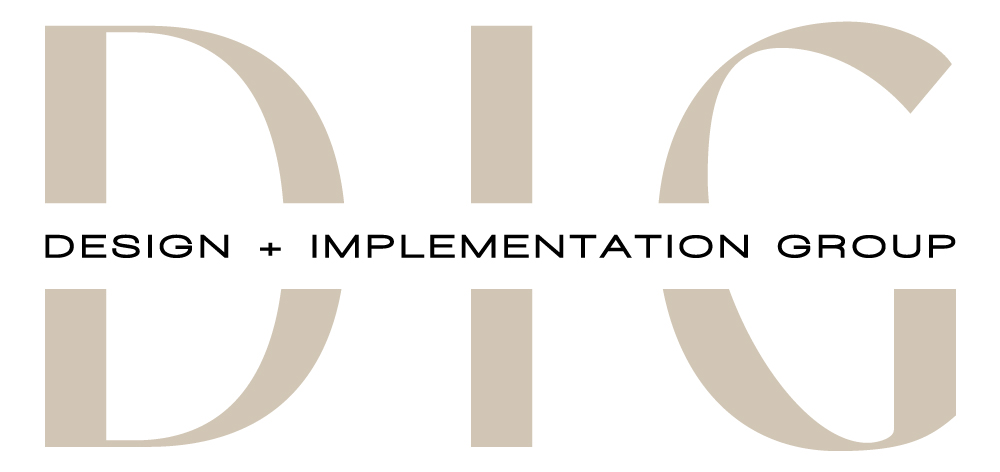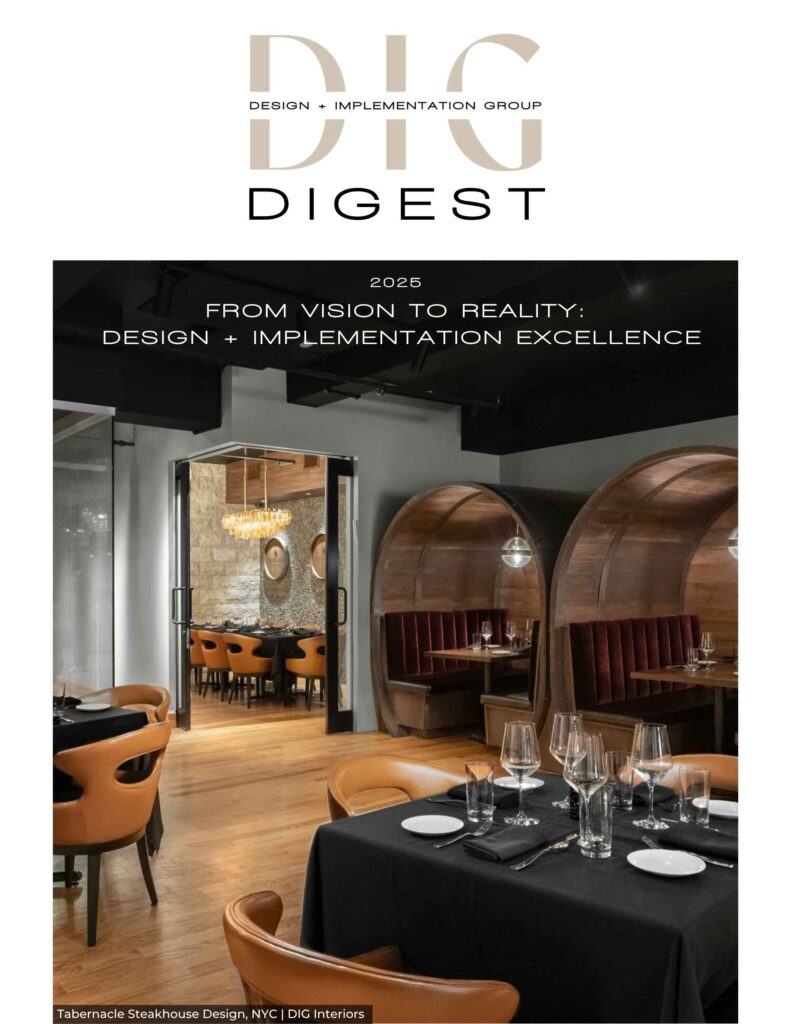For architects, the Design-Build project delivery method offers potential benefits in terms of speed and collaboration, but it also presents unique challenges, particularly in maintaining the integrity of the design vision from concept through construction. Unlike the traditional Design-Bid-Build process where the architect’s role is primarily completed before construction begins, Design-Build requires a more integrated and continuous involvement.
This guide helps architects navigate the Design-Build landscape, focusing on strategies to ensure that the initial design intent is preserved and successfully implemented.
Understanding the Architect’s Role in Design-Build
In a Design-Build framework, the architect is part of a single, unified team that includes the builder and potentially other consultants. This contrasts with the traditional model where the architect and contractor are separate entities. While the structure differs from Design-Build vs. Traditional Interior Design, the architect’s core responsibility for design quality remains.
The architect in Design-Build is crucial for:
- Developing the initial concept and detailed design.
- Collaborating closely with the construction team throughout the design phase to ensure constructability and cost alignment.
- Making design decisions quickly in response to site conditions or construction challenges.
- Reviewing shop drawings and submittals to ensure they align with the design intent.
- Conducting site visits to monitor construction progress and quality.
Understanding the roles of all key players in the interior design team, including how they interact with the construction side in a Design-Build setting, is vital.
Strategies for Maintaining Design Integrity
Preserving the design vision requires proactive strategies within the collaborative Design-Build environment:
- Early and Continuous Collaboration: Engage with the builder and specialty contractors from the earliest stages. Their input on constructability, cost, and scheduling can inform the design in real-time, reducing the likelihood of value engineering decisions that compromise the design later on. This mirrors the importance of early collaboration for architectural and interior design integration in general.
- Clear Documentation: While Design-Build can sometimes involve less detailed documentation upfront than traditional methods, clear and comprehensive drawings and specifications for critical design elements are still essential to communicate intent effectively to the construction team.
- Define Decision-Making Processes: Establish clear protocols for how design-related decisions will be made, especially when unforeseen issues arise on site. Ensure the architect has a defined role in these decisions.
- Regular Site Presence: Frequent site visits allow the architect to observe construction progress, address questions from the builder, and verify that the work aligns with the design intent. Being present helps catch potential deviations early.
- Focused Reviews: Implement a rigorous process for reviewing shop drawings, material samples, and mock-ups. These are critical checkpoints to ensure the quality and specifications of installed elements meet the design standards.
- Open Communication Channels: Foster an environment of open and honest communication with the entire Design-Build team. Address concerns promptly and work collaboratively to find solutions that respect both the design vision and the project constraints.
Leveraging Technology for Oversight
Technology tools used in the Design-Build process, such as BIM and cloud-based project management platforms, can also aid the architect in maintaining design integrity by providing real-time access to project information, facilitating clash detection, and streamlining communication regarding design details.
Maintaining design integrity in a Design-Build project requires architects to be proactive collaborators, clear communicators, and diligent overseers. By engaging early, documenting thoroughly, and staying involved throughout construction, architects can successfully navigate the Design-Build process and deliver projects that fully realize their creative vision.
Interested in collaborating with an interior design partner experienced in Design-Build projects? Learn more about the scope of our interior design services and how we work collaboratively to achieve integrated, high-quality results.





